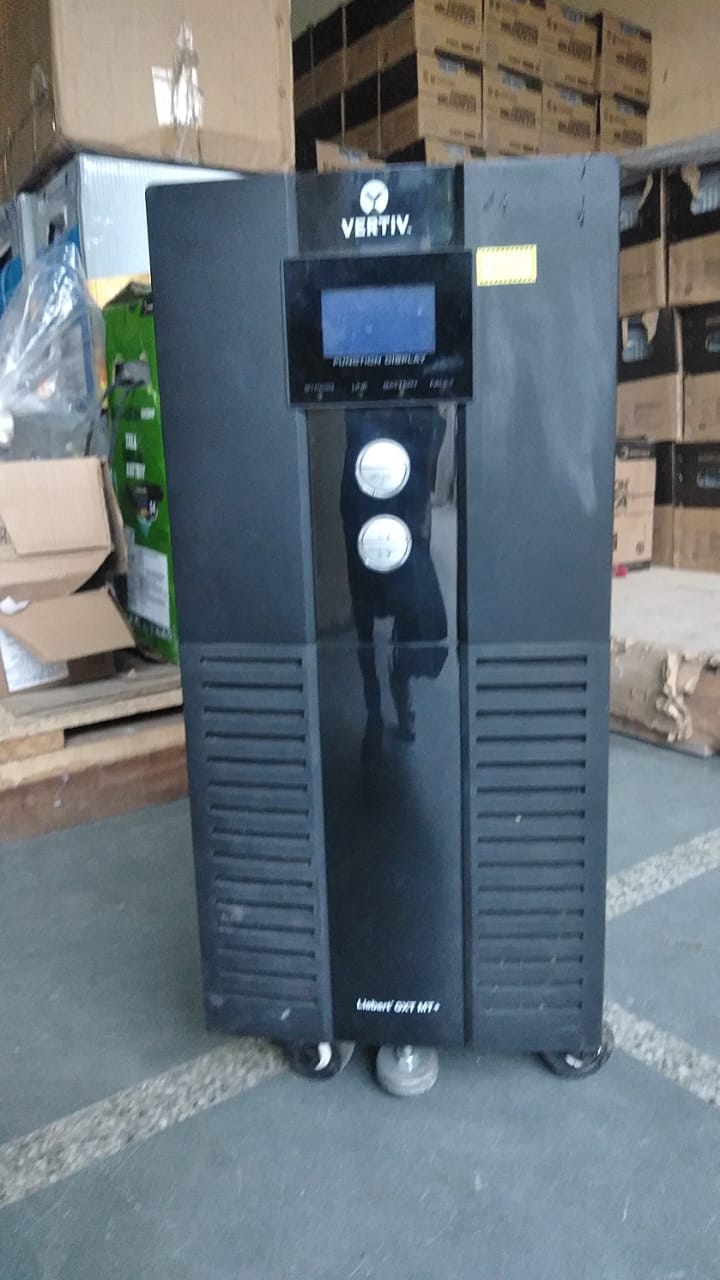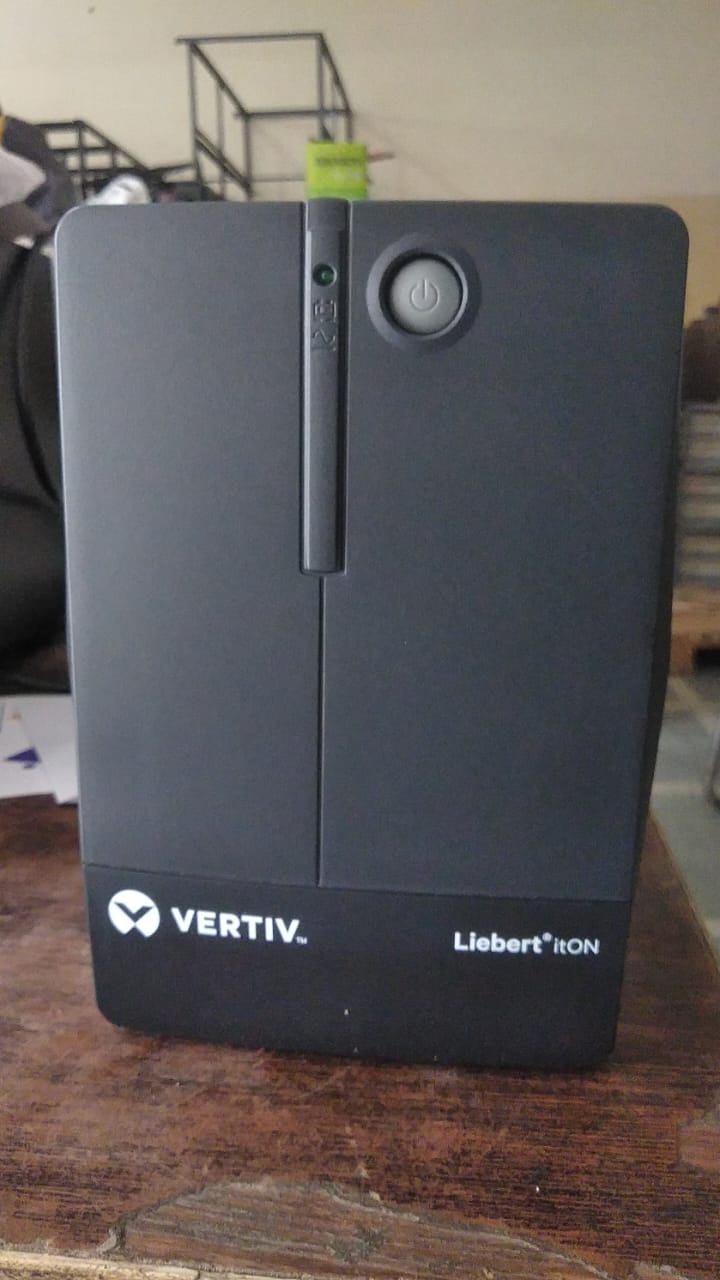Maintaining UPS (Uninterruptible Power Supply) batteries is crucial for ensuring reliable performance and extending their lifespan. Here’s a comprehensive guide on UPS battery maintenance: 1. Regular Inspection Visual Checks: Inspect batteries for physical damage, leaks, or corrosion. Connections: Ensure that terminals and connections are tight and free from corrosion. 2. Battery Testing Load Testing: Conduct regular load tests to ensure batteries can handle the expected load. Voltage Checks: Measure the voltage of each battery regularly to identify weak cells. 3. Cleaning Dust and Debris: Keep the battery area clean and free from dust. Use a soft brush or cloth. Corrosion Removal: Clean any corrosion from terminals with a solution of baking soda and water. 4. Temperature Monitoring Operating Temperature: Keep batteries within the manufacturer’s recommended temperature range (typically 20-25°C). Ventilation: Ensure proper airflow around the batteries to prevent overheating. 5. Charging Practices Regular Charging: Ensure batteries are charged regularly, even if the UPS is not in use. Avoid Deep Discharge: Do not allow batteries to discharge below the recommended level. 6. Battery Replacement Age and Cycle Life: Be aware of the expected lifespan (usually 3-5 years for lead-acid batteries) and replace batteries as needed. Use OEM Batteries: Always replace with original equipment manufacturer (OEM) batteries to ensure compatibility. 7. Documentation and Logs Maintenance Log: Keep records of inspections, tests, and replacements. Battery Specifications: Document battery type, installation date, and capacity for reference. 8. Environmental Considerations Disposal: Follow local regulations for disposing of old batteries. Storage: Store spare batteries in a cool, dry place. 9. Professional Servicing Annual Maintenance: Consider scheduling annual inspections by a professional to assess battery health. 10. Safety Precautions Personal Protective Equipment (PPE): Always wear gloves and safety goggles when handling batteries. Emergency Procedures: Be familiar with emergency procedures in case of battery leaks or failures. By following these maintenance tips, you can ensure your UPS batteries operate efficiently and last longer. Regular upkeep is key to preventing unexpected failures and ensuring reliable power during outages.
Send Message







